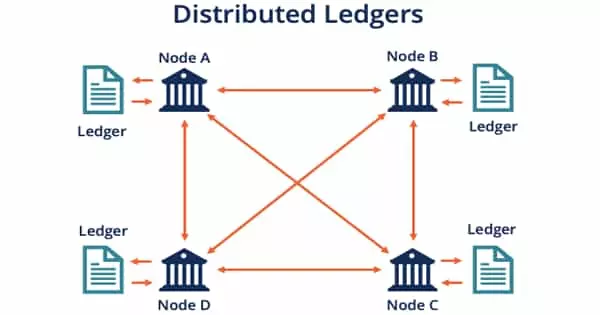The Massachusetts Institute of Technology’s scientists has captured an image of what it’s like to travel between realms – sort of. The researchers caught photographs of super-cold atoms in the process of flipping between classical and quantum physics, as reported in a new article published in Nature this week. The plan was to freeze them in place so that their interactions and behaviors could be seen at a quantum level.
The string of particles degraded into a pattern of “quantum tornadoes” as they made the transition, providing a dramatic and interesting insight into the quantum world. Particles in the quantum realm, unlike you and the items around you, do not have a fixed location. Instead, the spooky idea that a particle’s specified location is a probability governs atoms. Because an atom has a probability of existing in two places at once, the usual rules of physics don’t apply.
In a statement, Richard Fletcher, assistant professor of physics at MIT and co-author of the study, said, “This crystallization is driven simply by interactions, and tells us we’re passing from the classical world to the quantum world.” When particles interact in this fashion, strange behavior should result, but detecting quantum physics while working in the “classical” environment isn’t easy.
MIT scientists overcame this barrier by quickly rotating a quantum fluid of ultra-cold atoms. The circular cloud of atoms initially formed a narrow needle-like shape. The needle fractured into a crystalline pattern of miniature quantum tornadoes as quantum mechanics took hold. According to the research team, the findings are the first direct documentation of a fast rotating quantum gas developing.
In the announcement, Martin Zwierlein, an MIT physics professor and co-author, stated, “Even in classical physics, this gives birth to remarkable pattern formation, like clouds looping around the Earth in lovely spiral motions.” “And now we can look into it from a quantum perspective.”
Writing software for quantum computers and circuits now necessitates a thorough understanding of the underlying science. However, IBM Research director Dario Gil argued in a Scientific American op-ed that this might change when the industry develops something approximating a quantum app store. And, he claims, that era of greater accessibility is rapidly approaching.
Quantum computers, according to Gil, will follow the same timeline as classical computers, beginning as highly technical devices and later becoming widespread and user pleasant – albeit on a much faster timetable. “Quantum computing researchers and fans must grasp quantum programming right now; it’s a requirement,” Gil said in SciAm. “But soon, all they’ll need is a quantum app store and a line of code,” says the author. Not like your smartphone’s app store, but rather like today’s code repositories like GitHub – a form of digital library where software engineers make their work open to everybody.”















